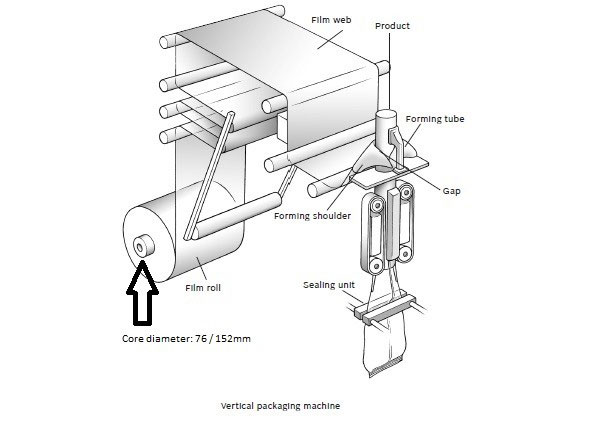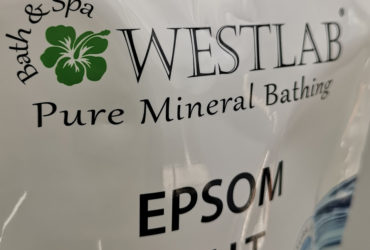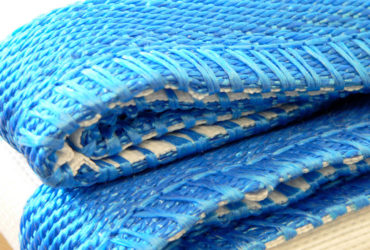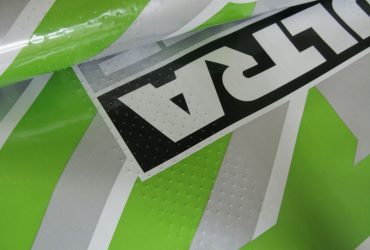In a series of brief articles we will try to explain the advantages of using this form of automated packing in your production process.
Vertical form, fill and seal machines are an extremely flexible way of packing a wide range of products efficiently and effectively, and they can be attractively presented using different types and specifications of film, usually PE (polyethylene) based.
Chemicals, minerals, plastics, cement based powders, building products, pet feed, vegetables and a vast array of foodstuffs can be packed in powder, pellet, granule, flake or bead form. Any free-flowing solid can utilise the efficiency and speed of these automatic packers.
The first vFFS machines were built in the middle of the 20th century, made possible by the introduction of plastic packaging materials during the 1960’s, and were seen as an effective answer to the increasing demand for the automation of production. Since then, the vFFS machine has become the packing process of choice for many different product types, and the wide use of vFFS machines is simple to explain.
First and foremost, one single machine can be used to produce a wide range of bag shapes and sizes. This is made possible by a variety of simple-to-exchange parts, such as forming shoulders and forming tubes, which shape the PE film into the correct format ready for packing and sealing shut. This flexibility allows for big advances in production efficiency and throughput.
Another major factor is the low cost of this type of packaging, compared to pre-made pack types that have had some sort of conversion process already adding to their cost. The form, fill and seal machine allows for high packaging speeds, when chosen correctly, set up optimally and well maintained, giving uninterrupted production and packing for a long period.
There is a huge variety of packaging materials that can be processed on vFFS machines, but virtually every product has a number of unique requirements and needs depending on the product packed and it’s process, or flow characteristics. Added to this is the need to understand each product’s vagaries; are they sensitive to moisture or air for example? Do they have sharp edges or prone to protrude into the film? Does the product flow or bridge when packed, or does it need to be aerated perhaps to move it around the production process? Understanding how products behave is particularly important in knowing how to pack them optimally.
In addition to single-layer packaging materials, 3-7 layer (single-ply) packaging films or laminates are often used, in which each layer has a specific function in relation to the requirements of the products being packed.
One such requirement is that the product may need an air-tight pack because it degrades or oxidises. An additional level of protection occurs in a modified atmosphere pack (MAP), where the air in the packaging is replaced by an inert gas that combats oxidation and extends the shelf life. At the other end of the scale, where there’s an inert material like sand or ballast perhaps, the requirements are for an easy-seal, tough packaging material that allows for high speed packing. Time is money in that game.
Printers and labelers can be added to a vFFS machine, either separately, at the beginning or end of line, or within the process. A printer is usually supplied to print batch process or other product specific and safety or handling information. A labeler is used to apply paper, laminated or plastic label stock that can be pre-printed or printed by the labeler in-line.
In addition to labels, other extras can also be added to packaging by vFFS machines, varying from techniques that make the packaging easier to open like nano-perforations or tear lines, to reclose-able zips or buttons. Handles can also be applied or punched to make for an easy-to-carry pack, which is commonly used in the DIY markets for example.
These are just a few of the hundreds of possibilities that vFFS machines can offer and it is particularly impressive that these machines, no matter what the packaging requirements, are usually able to provide a reliable, low cost and efficient production output even at high speed.
There are 2 main forms of vFFS packaging; Tube and flat film and we will come onto those and packing in more details in the next article.
For further information on vFFS Machines or any other packaging products contact sales@rosenflex.com or call 01206 266850.





